Military History
Fighting Islamic Pirates
Our “war” against Islamic terrorists quickly brings to mind this country’s “war” against Islamic pirates of the Barbary Coast 200 years ago. Read more
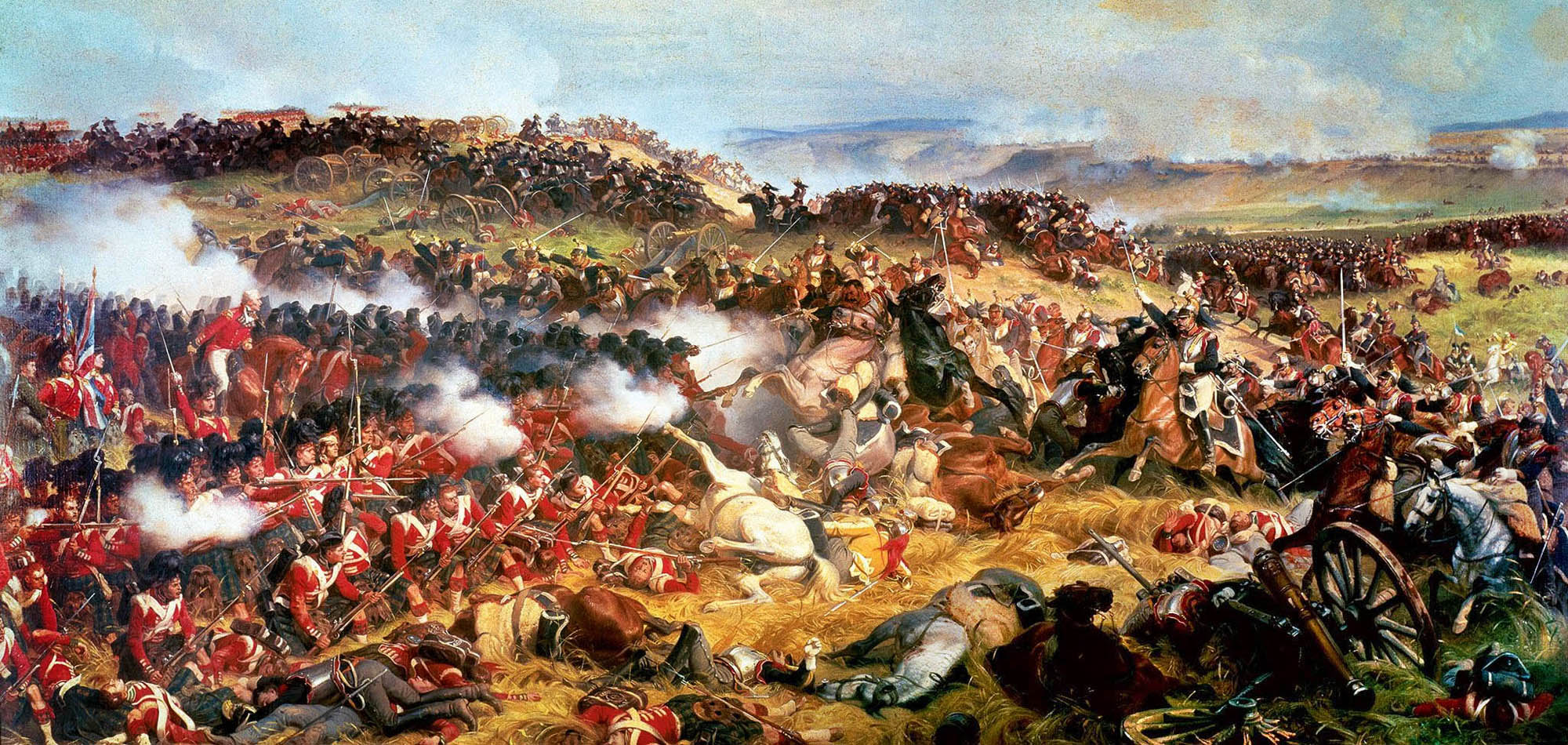
Military History
Our “war” against Islamic terrorists quickly brings to mind this country’s “war” against Islamic pirates of the Barbary Coast 200 years ago. Read more
Military History
Dear Editor:
I appreciated Bud Hyland’s August 2001 sketch of the scouting forces established by the several services, and can agree in general with his statements about their essential contributions. Read more
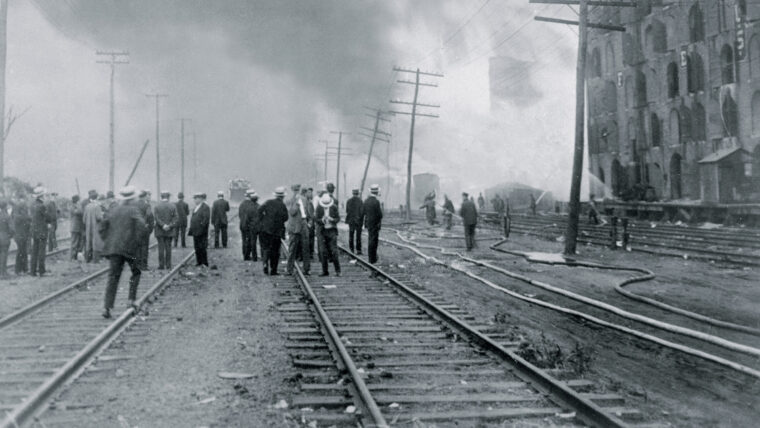
Military History
Sabotage! Espionage! Mutiny!” Kurt Jahnke, German Chief of Naval Intelligence for North America, read the dispatch from Berlin in his Mexico City headquarters directing him to launch secret missions into Arizona. Read more
Military History
Dear Editor:
I have read some articles in your magazine recently. And especially I was deeply impressed with Eric Niderost’s article on the Imjin War and Admiral Yi Sun Shin (“Turtleboat Destiny,”June 2001). Read more
Military History
Augustus found Rome brick and left it marble” is an expression pegged to the first of the Roman emperors. And indeed Rome flourished around the time of Christ, erecting magnificent arches and columns, palaces and public buildings, temples and baths, coliseums and aqueducts. Read more
Military History
Dear Editor,
It is unfortunate James K. Swisher relied so heavily on unreliable secondary material on Patrick Ferguson. As a Scottish historian and author of a forthcoming book on Patrick Ferguson, I have worked on 21 years’ worth of his personal letters and wish to make some corrections. Read more
Military History
Days before the impending Battle of Trafalgar, a sailor on Horatio Nelson’s flagship Victory was so busy ensuring that each man’s letters home were secured for dispatch on a vessel bound for England that he forgot until after the ship had sailed that he hadn’t included his own. Read more
Military History
Dear Editor:
I really enjoyed Mike Markowitz’s article on the development of war machines of the Ancient Greeks (Weapons, February 2001). Read more
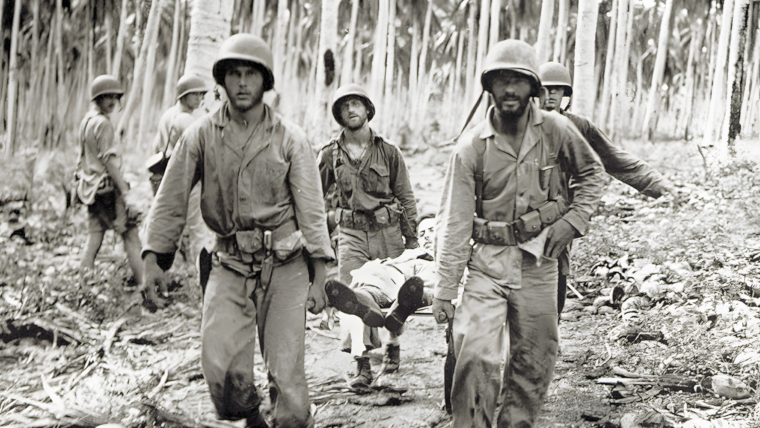
Military History
The 1942-43 struggle for Guadalcanal Island has, to my mind, an odd place in American memory. Americans are familiar with it, know it as a victory, but do not accord it the same honor as the Battle of Midway, or of Tarawa or Iwo Jima. Read more
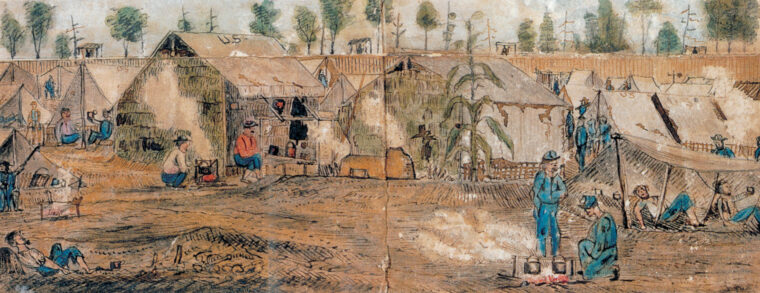
Military History
According to its publisher, the “Eye of the Storm is one of the most important Civil War documents to be published since Ulysses S. Read more
Military History
Dear Editor,
Love your magazine and never miss an issue, especially articles about paratrooper exploits. I must, however, correct a Communique (letter) in your February 2001 issue where a C.F. Read more
Military History
In 480-479 bc, the combined city-states of Greece repelled a gigantic invasion by the massive Persian Empire, bent on bringing the Greeks to heel. Read more
Military History
Dear Editor,
I read with considerable interest John P. Sinnot’s article in the October 2000 issue of Military Heritage concerning the French and Indian War, here especially about General Braddock’s march on Fort Duquesne. Read more
Military History
Starting with practically nothing (at one point he and his family were reduced to digging up roots to have something to eat), Genghis Khan became the conqueror of the largest land empire known to history. Read more
Military History
When the sun set on the Confederacy, the stars began to rise and shine, none more brightly for Northerners than that of Lincoln, and for Southerners than those of Robert E. Read more

Military History
Anyone interested in reading military history sooner or later comes around to Cornelius Ryan, known to his friends as Connie. He wrote stunning books on World War II: The Last Battle, about the struggle for Berlin; A Bridge Too Far, about the ill-fated race to cross the Rhine bridge at Arnhem in 1944; and, of course, the book with which his fame will always be linked, The Longest Day. Read more
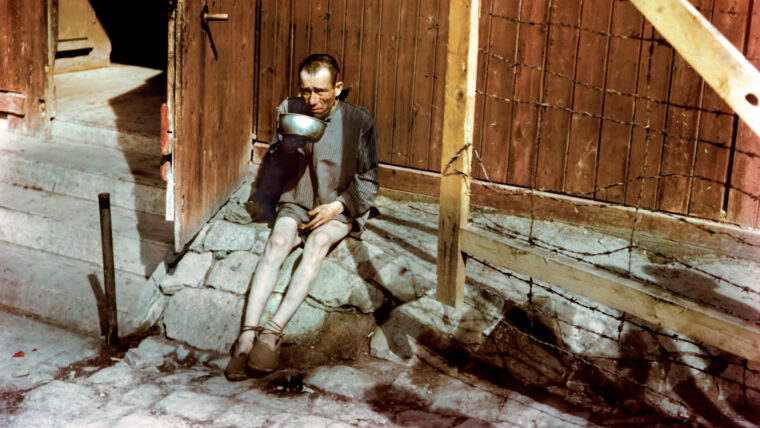
Military History
On July 15, 1937, a convoy of trucks slowly drove up the Ettersberg, a wooded hill a few miles north of the German city of Weimar. Read more